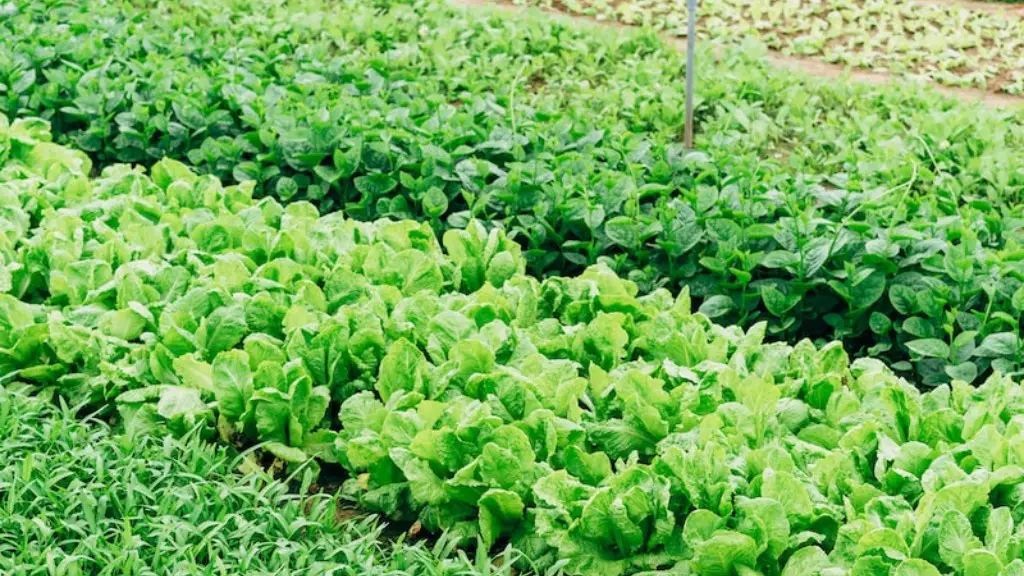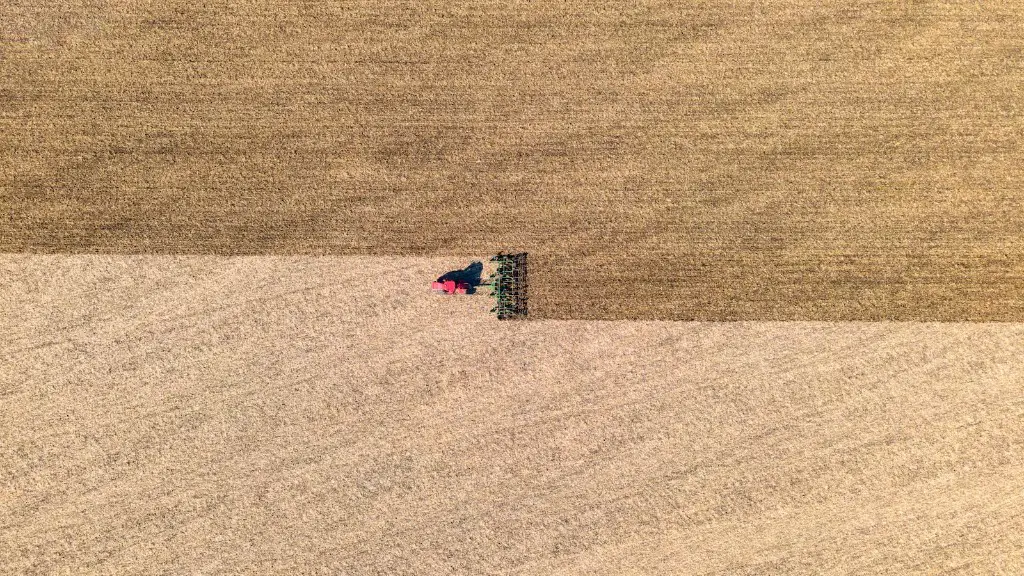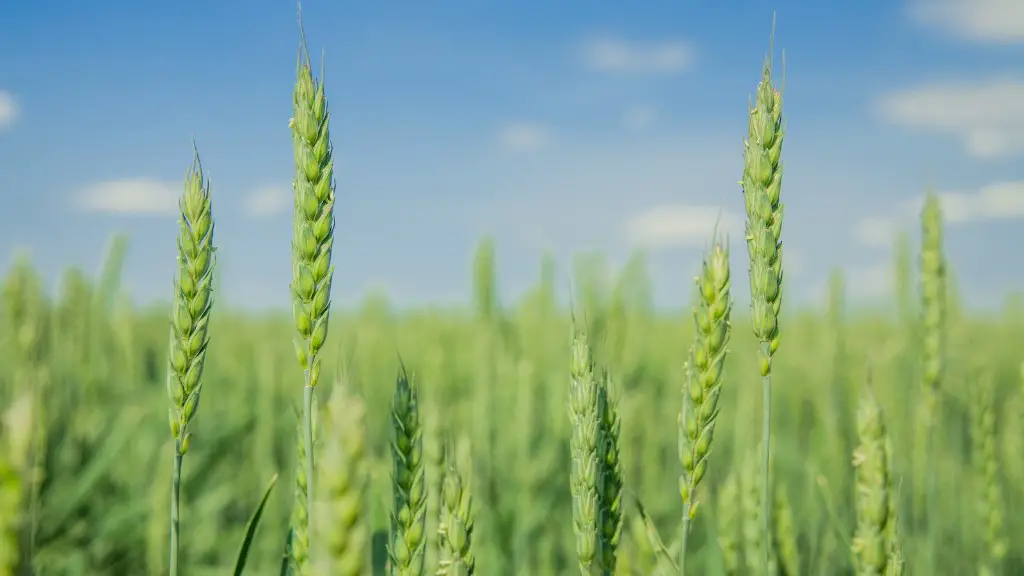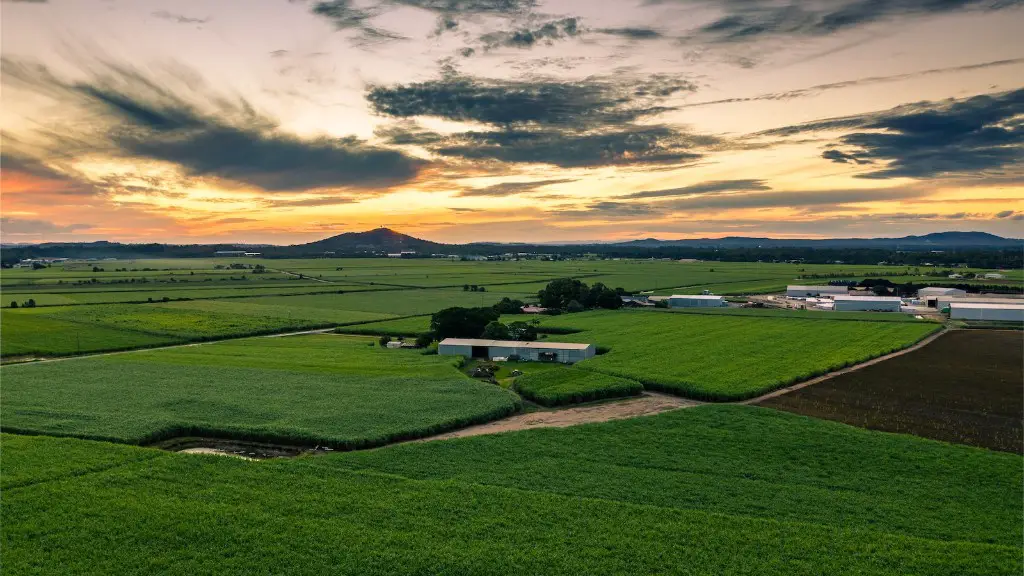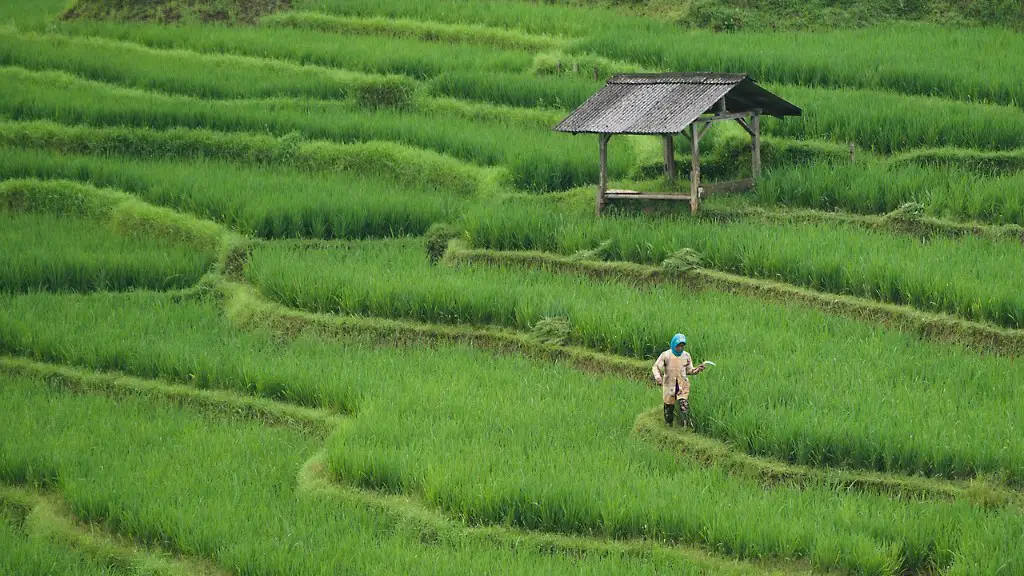The use of technology in agriculture is rapidly transforming the farming industry. Technology has helped farmers to increase crop production and enhance productivity, while improving the quality of the produce. It has also enabled the development of practices such as precision agriculture and sustainable practices.
Agricultural technology has enabled farmers to be more efficient in their operations and reduce the amount of labor needed. Through technologies such as Global Positioning Systems (GPS), tractors can be steered more accurately, enabling more precise applications of fertilizer and water. This helps to reduce the amount of resources used, while increasing crop yields.
Technology has also enabled farmers to increase their yields and improve their quality of output. Through the use of sensors, data-driven decision making and automation, farmers can obtain data on crop health and soil fertility. With better data, they can make informed decisions on the best way to optimize their operations, including the most effective use of fertilizer, irrigation, crop spacing and integrated pest management.
Connected agriculture is another form of technology used in farming. Through the use of Internet of Things (IoT) connected devices, farmers can monitor their crops and animals in real-time. This helps them to better manage their operations, with less manual labor. They can also use digital services, such as weather forecasting services, to plan ahead and take preventive measures against pests and weather-related risks.
Technology has also enabled farmers to gain access to new markets. Through the use of mobile payment and e-commerce, farmers can increase their sales by reaching out to customers outside of their local area. Additionally, they can use digital platforms to more effectively manage inventory, connect with service providers and manage customer relationships.
The use of technology in agriculture has also helped to reduce the negative environmental impact of farming. Through the use of sensors and unmanned aerial vehicles (UAVs), farmers can better monitor their land and reduce the amount of fuel used in farming activities. Additionally, precision agriculture practices can help farmers optimize their operations and reduce fertilizer and pesticide runoff, which in turn helps to protect the environment.
Overall, the use of technology in agriculture has been a major boon for the industry. It has helped to increase crop yields and quality, while reducing the amount of labor and resources needed. It has also enabled farmers to access new markets and improve their operations in a more sustainable manner.
Data Analysis and Decision Making
Data analysis and decision making are key components of modern agricultural technology. Through the use of big data and analytics, farmers can collect large amounts of data related to their crops. They can then use predictive analytics to make more informed decisions about when and how to manage their operations, improving crop yields and quality.
Artificial intelligence (AI) is being increasingly used by agricultural technology in decision making. AI-driven algorithms can assess large datasets and help farmers to identify the best solution for any farming problem they encounter. This helps to reduce the manual labor involved, while finding more effective solutions for complex problems.
Data-driven decision making can improve efficiency in the farming operations. It can enable farmers to optimize their operations by reducing labor and refining processes, as well as enable them to maximize the use of resources. Additionally, decision making can help farmers forecast risks and prepare plans ahead of time, helping to better manage their operations with less stress.
Data analysis and decision making are also important for the sustainability of agricultural practices. By understanding the data collected from crops, soil and weather conditions, farmers can make well-informed decisions that can lead to an increase in efficiency, while reducing their environmental impact.
Overall, data analysis and decision making have been essential in the optimization of farming operations. They have enabled farmers to reduce the amount of labor and resources used, while increasing productivity and sustainability. By making the best use of data, farmers can better manage their operations, maximize their yields and improve the quality of their produce.
Precision Agriculture
Precision agriculture is an increasingly popular technology used by farmers. It involves implementing various technologies such as sensors, GPS and autonomous vehicles, for the purpose of collecting data about their crops, environment and operations. This data is then used to inform decisions about farming activities and improve efficiency.
GPS systems are commonly used in precision agriculture to spatially identify areas of land. This data can be used to control autonomous vehicles to map and monitor crop health, soil fertility, pest and weed populations and more. By collecting such data, farmers can more accurately identify the best inputs to ensure optimal yields and quality of the produce.
Through the use of sensors, data-driven decision making and automation, farmers can access real-time information about their crops and environment. This includes temperature, humidity, wind speed, soil moisture and other environmental factors. With this data, they can more accurately predict crop yields, while also executing processes such as crop-spacing, planting and harvesting more efficiently.
Precision agriculture has enabled farmers to reduce the amount of fertilizer and water needed for their crops. By collecting data about their soil and environment, farmers can develop better fertilizer and irrigation management plans. This helps to reduce the amount of resources used, while ensuring that their crops receive the optimal amount of nutrients and water.
Overall, precision agriculture has been essential in optimizing farming operations. By using various technologies such as sensors and GPS, farmers can more accurately collect data and make better decisions. With this data, they can reduce the amount of resources used, while improving crop yields and quality.
Agricultural Robotics
Agricultural robotics is another emerging technology used by farmers. This involves the use of robots and autonomous machinery for various tasks such as planting, harvesting and pest control. Agricultural robots are designed to reduce labor, improve accuracy and increase efficiency in farming activities.
Robots can be used for tasks such as weeding, planting and harvesting. Robotic arms and autonomous vehicles can be equipped with built-in sensors to detect weeds and other pests. They can then take action to exterminate these unwanted organisms, enabling farmers to reduce labor while ensuring healthier yields.
Robots can also be used to improve the accuracy of planting and harvesting operations. Autonomous vehicles can be deployed to plant and harvest crops with greater accuracy. This helps to reduce labor and ensure that all plants are planted and harvested at the optimal time, leading to greater yields and yields of higher quality.
Robots can also help with pest control. Autonomous robots can be deployed to patrol fields and detect pests. By tracking their movements, robots can be used to more effectively target pesticide use, leading to more efficient pest control.
In addition to labor savings, robotic technology can also make farming more sustainable. By reducing labor and increasing efficiency, less fuel and resources are required for farming operations. This reduces the negative environmental impact of agriculture, enabling farmers to adopt more sustainable practices.
Overall, agricultural robotics has been a great boon for the industry. It has enabled farmers to reduce labor, improve accuracy and increase efficiency. With better data and automation, farmers can better manage their operations, improve yields and reduce their environmental footprint.
Digital Services
Digital services are an important part of modern agricultural technology. Through the use of mobile applications and digital platforms, farmers can access a variety of services that can help them to better manage their operations and reach new markets.
Traceability services are an important tool for farmers. These services track the origin and life cycle of food products, allowing farmers to better manage their supply chains. This helps them to ensure quality and reduce losses from spoilage to distributors and customers.
Mobile payment and e-commerce services can also be a great way for farmers to reach customers outside of their area. By using these services, they can access new markets and increase their sales. They can also use these services to better manage customer relationships, ensuring customer satisfaction and loyalty.
Weather forecasting services are also used by farmers to aide in decision making and preventive measures. By closely tracking the weather, farmers can make better plans ahead of time and take the necessary steps to protect their crops and animals from any potential risks.
Data-driven services are also increasingly available to farmers. Through the use of big data and analytics, farmers can access real-time data about their operations and make more informed decisions. This helps to improve efficiency, reduce labor and maximize yields.
Overall, digital services have been essential for the advancement of agricultural technology. They have enabled farmers to access new markets, improve traceability, better manage customer relationships, monitor their crops and take preventive measures against weather-related risks.
